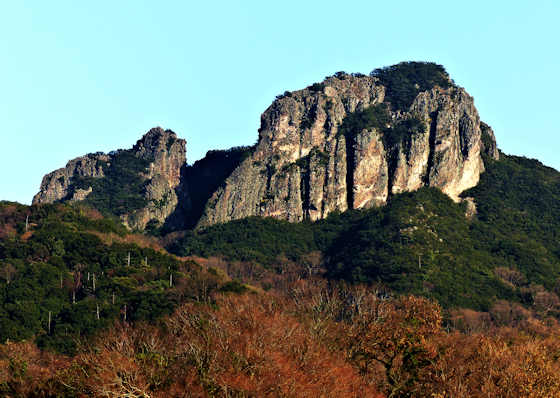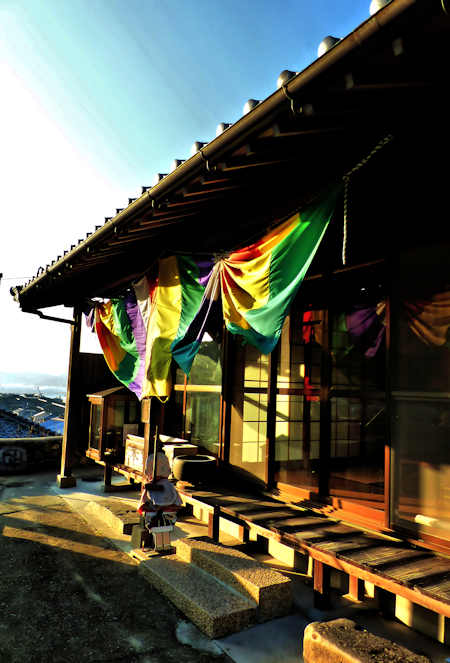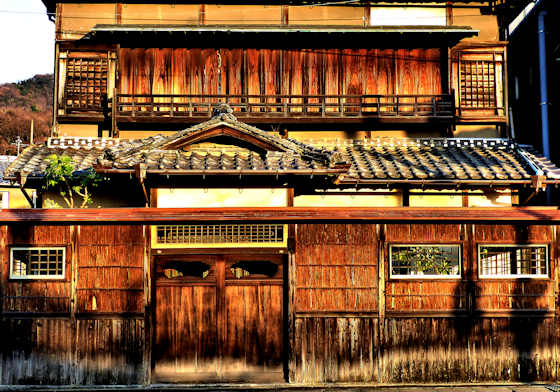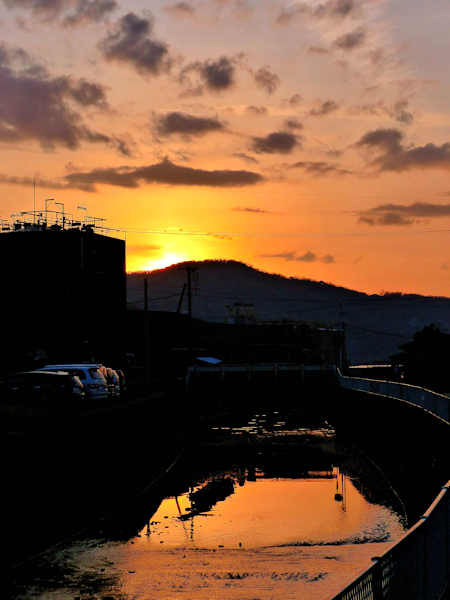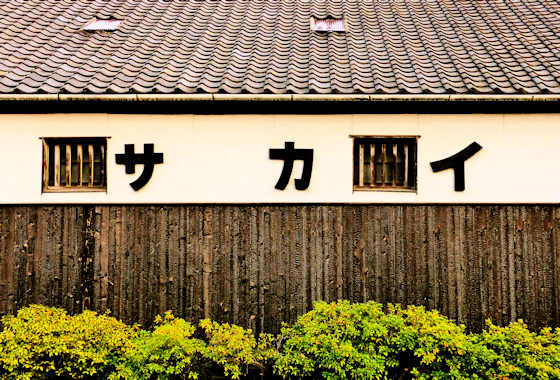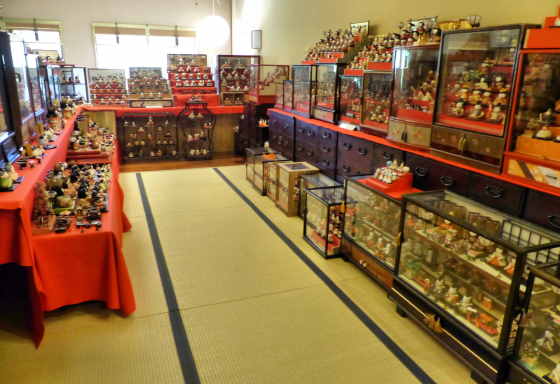Friday, March 4, 2022
Ohori Park Fukuoka
Wednesday, March 2, 2022
Mukai-an Temple Koshin-do Temple & Saisho-an Temple on the Shodoshima Pilgrimage
Mukai-an Temple
The sun dipped below the hills as I passed through the biggest soy sauce factory of the island.
It was completely dark by the time I got back to my room, and a little while later there was a knock at my door. It was the old priest I had met at Kannonji, and then later at Dounzan. He had brought me a gift, a delightful print of Fudo Myo!! A truly excellent day to start the pilgrimage with, that bodes well for the coming days.
Monday, February 28, 2022
Kuncho Sake Brewery & Museum
Sake 酒
Just about every town in Japan, large or small, has at least one sake brewery.
Friday, February 25, 2022
ACROS Fukuoka
ACROS
Labels:
Architecture,
emilio Ambasz,
fukuoka
Wednesday, February 23, 2022
Kumenan Kamo Shrine
Kumenan
Monday, February 21, 2022
Hina Doll Museum in Hita
Hina
This is claimed to be the largest tiered display of Hina Dolls in Japan.
Examples of unique styles of Hina dolls from different parts of Japan are also on display.
Labels:
hina,
hita,
Museum,
oita,
preservation district
Saturday, February 19, 2022
Il Palazzo Fukuoka
Fukuoka 福岡
Labels:
aldo rossi,
Architecture,
fukuoka,
hotel.
Subscribe to:
Posts (Atom)








